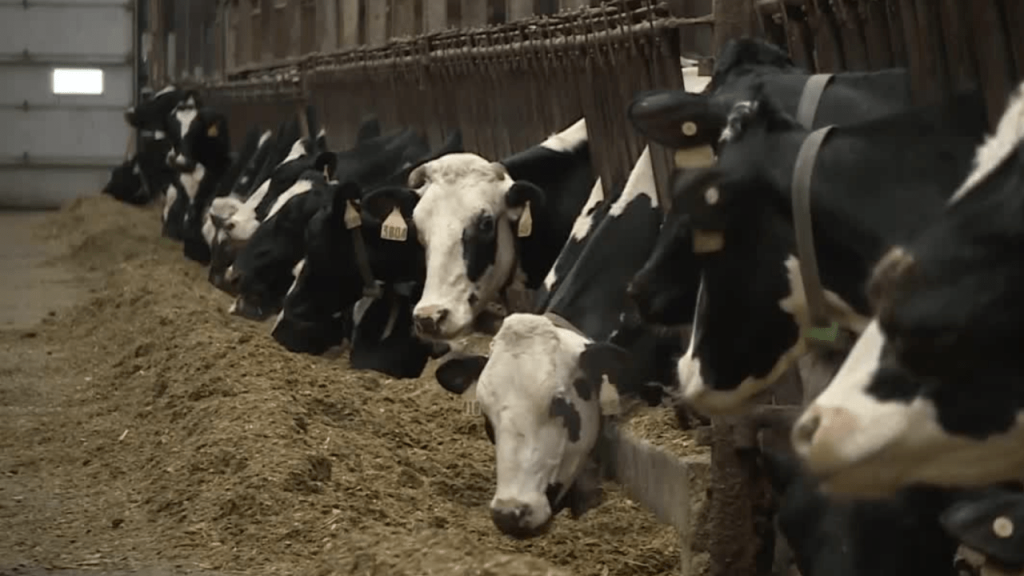
The survey was developed in partnership with the UW-Madison College of Agricultural and Life Sciences (UW-CALS) and distributed in mid-March, just before the onset of the COVID-19 pandemic. Of the nearly 7,100 licensed dairy herd owners in the state, 2,871 surveys were returned, a response rate of 41 percent.
Survey questions covered a wide range of topics, including markets, labor needs, off-farm employment, conservation practices, diversification, succession and retirement planning, and more. While some producers referenced COVID-19 in their responses, the pandemic did not seem to have a significant influence on the overall results of the survey.
“Since the last dairy producer survey was conducted ten years ago, Wisconsin’s dairy industry has changed,” said Krista Knigge, administrator of DATCP’s Division of Agriculture Development. “Even during COVID-19, this is an opportunity to assess the state of the industry and current demographics, and learn more about how DATCP and other partners can serve as a resource to dairy producers.”
Mark Stephenson, Director of Dairy Policy Analysis at UW-CALS, said the 2020 survey results provide “new insight that will help the university direct research and outreach to more specifically address the practices and challenges of Wisconsin dairy producers.”
Some highlights of the 2020 survey results include:
• Almost 90 percent of respondents were conventional farms; 11 percent utilize managed intensive grazing; and nine percent classified themselves as organic.
• Two-thirds of respondents were sole proprietorships.
• Just under one-quarter of respondents reported they will need additional labor within the next two years. Most indicated they would consider hiring a military veteran, and just under half reported they would consider hiring a person who has been incarcerated.
• About one-fifth of respondents reported providing housing for employees.
• Almost 60 percent of respondents use cover crops to manage soil health and erosion. 70 percent use grassed waterways.
• Almost 10 percent of respondents felt the need to access mental health services in the past year due to farming challenges.
• Nearly half of the respondents said at least some portion of their family income comes from off-farm employment.
• Nearly half of those responding said the farm’s “primary decision maker” was in the 50-64 age range.
• Looking to the future, 83 percent of respondents said they believe their operation will still be farming in five years.

























